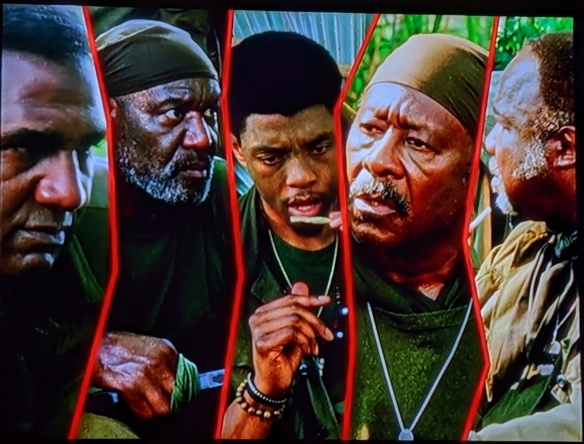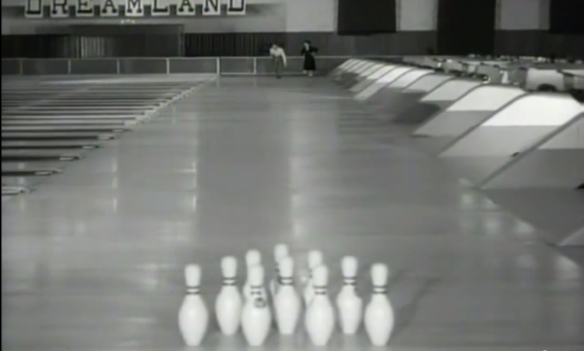
The only good thing about the COVID-19 era at a mass social level has been the recalibration of the political real, as the left wrenches certain things from decades of a neoliberal death-grasp on the possible during which the role of the Democrats was to tell us to always ask for less. Now rent and debt cancellation, forms of universal basic income, demands for free and accessible healthcare, serious decarceration and immigrant-detention reduction, and community mutual-aid projects all seem at least tangible. Verizon keeps giving me free extra data because we’re taking back the internet as a public utility eventually and they fucking know it. We may for now be saddled with Zombie Joe Biden instead of Bernie Sanders, which is a full-scale national tragedy, but the basic ethos of #NotMeUs is here to stay, and this awful coronavirus has helped establish its necessity.
Compared to this, streaming movies seems epiphenomenal. Indeed, I’ve been blogging about films shot here in Newark since 2013, but it’s tapered off dramatically since Trump took office, as I’ve escalated my political engagements, to the detriment of spending time writing about, uh, Ironbound Vampire. But it’s got to be said: the COVID streaming explosion has been wild. From the Spanish Film Library suddenly unearthing a previously unknown Jess Franco film and putting it up for a mere few days, to the appearance of Dziga Vertov’s 1918 debut Anniversary of the Revolution, it’s been a head-spinning proliferation of rare, amazing, and time-sensitive viewing, too much to ever keep up with.
It’s minor, but it’s exciting; the internet has felt like one huge digital chain restaurant since Facebook Zucc’d the online public sphere, cleaning up the sleazy Old Times Square weirdness of the Angelfire years and offering us no-nipples-just-hate-speech monotony. Right now, at least for film nerds, it feels alive again.
So you get things like the Holt/Smithson Foundation’s Friday Film series, which I only know because of a great write-up by Ava Tews for ScreenSlate today. How ephemeral are these things? In this case, a 24-hour run, seven of which have passed as I type. I’m throwing this up in haste, to kickstart a personal blogging revival, and because . . .
Nancy Holt and Robert Smithson’s Swamp (1971) was almost shot in Newark. If you think about the ridiculous historical over-municipalization of New Jersey, it could have been shot in a more sprawling Newark, so you know what, close enough! Think of it as Newark regional film. Continue reading →




















